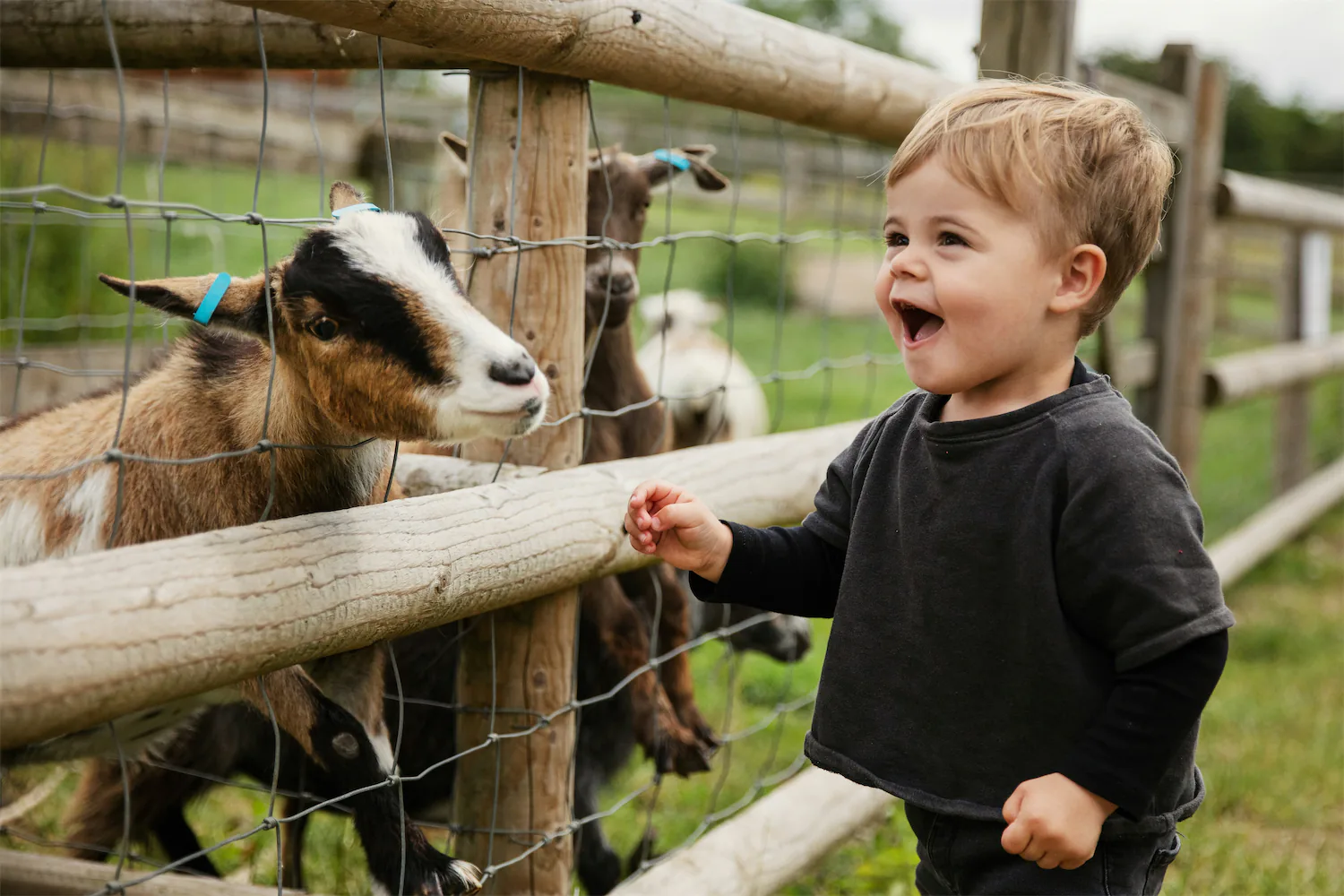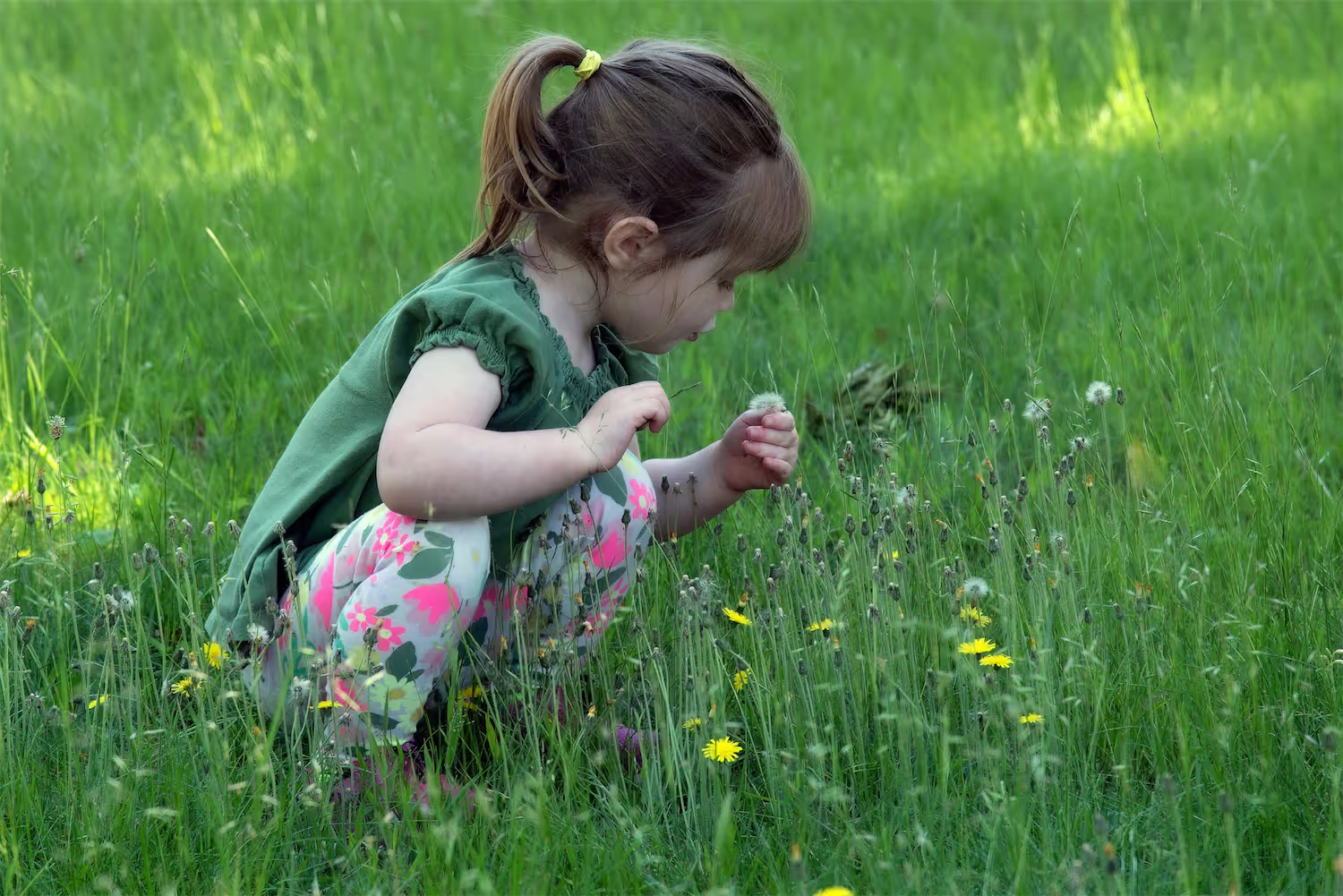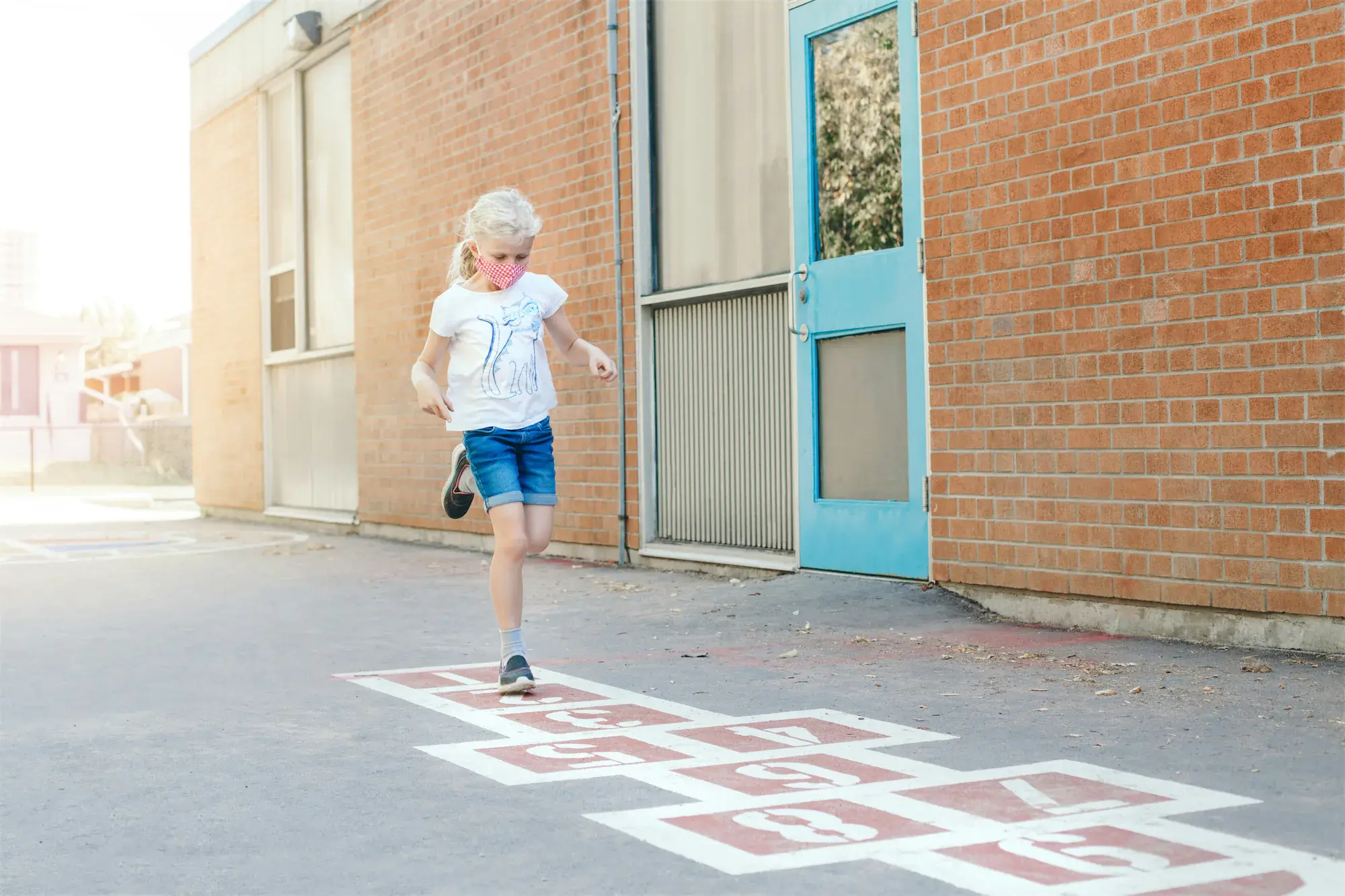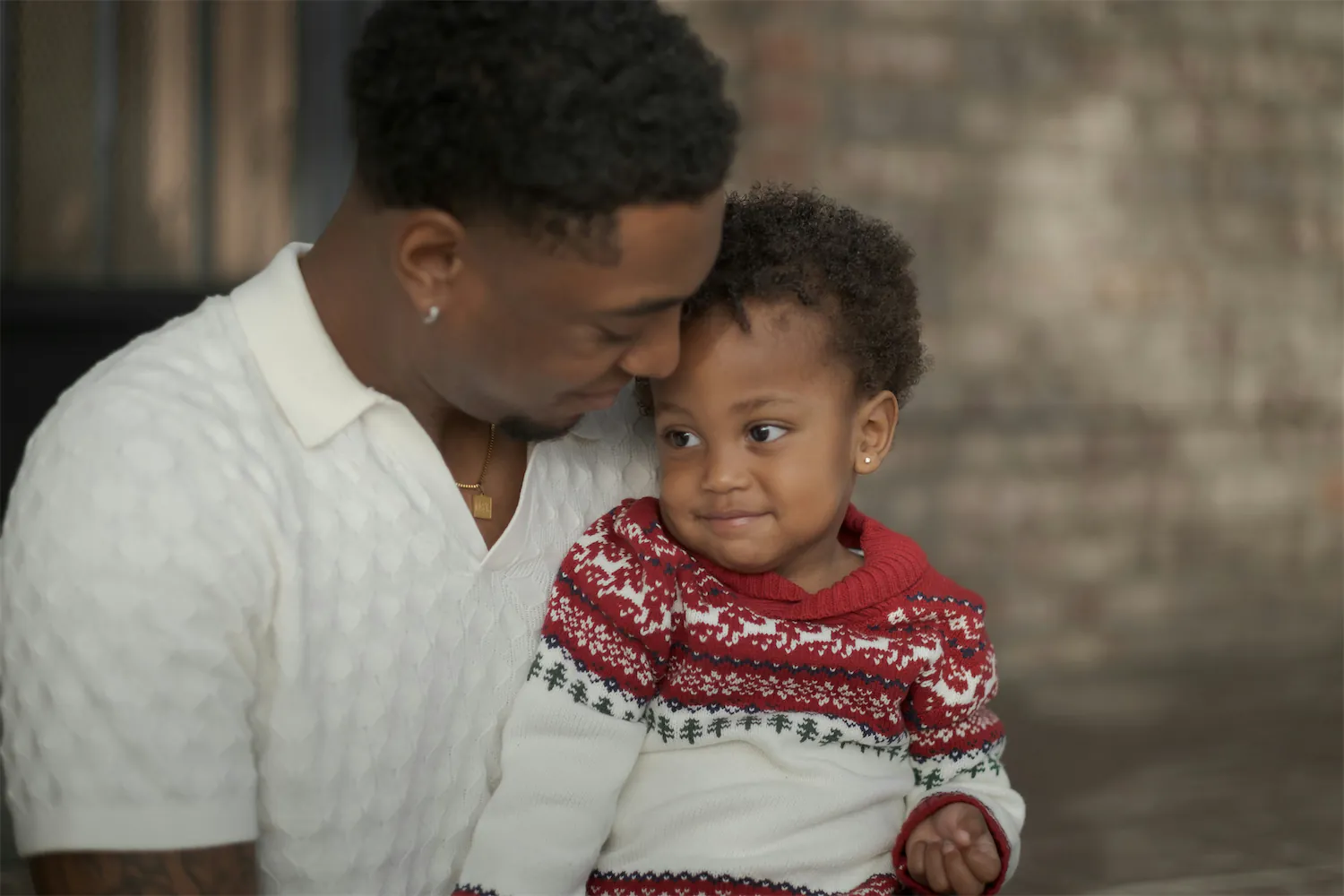Easing colic symptoms: When to introduce a pacifier
Easing colic symptoms: When to introduce a pacifier
Number 8,523 on the list of potentially-controversial parenting topics: pacifiers. No matter where you fall on the spectrum of opinions, there’s a good chance you might want to learn more about pacifier use, especially if you have a “colicky” baby who cries a lot (more than newborns typically do) and is hard to soothe. Read on to find out where pacifiers shine (and where they don’t) and how they can be helpful when it comes to infantile colic.
Number 8,523 on the list of potentially-controversial parenting topics: pacifiers. No matter where you fall on the spectrum of opinions, there’s a good chance you might want to learn more about pacifier use, especially if you have a “colicky” baby who cries a lot (more than newborns typically do) and is hard to soothe. Read on to find out where pacifiers shine (and where they don’t) and how they can be helpful when it comes to infantile colic.

Megan N. Freeland, PharmD
Content Writer

Dr. Marcy Borieux
Pediatrician
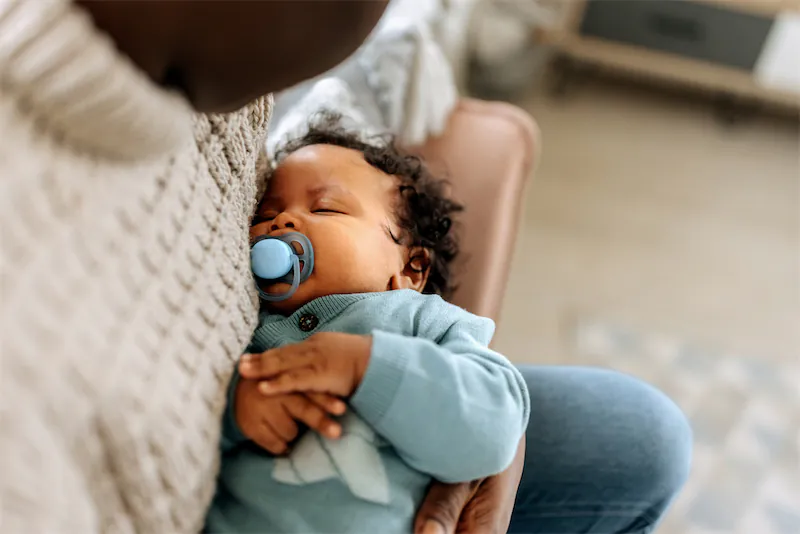


Understanding infantile colic in newborns
If there’s one thing newborns and infants are notorious for, it’s crying… a lot. A baby with infantile colic — sometimes described as a “colicky baby” — cries even more than usual, seemingly for no apparent reason.
You may have heard of the 3-3-3 rule or rule of 3’s. It refers to the rule-of-thumb for colicky infants: an infant with colic cries for at least 3 hours a day, at least 3 days a week, for at least 3 weeks.
If a newborn has colic, it will likely become noticeable between the 3 and 6 week old mark, and often begins to wind down at the end of the fourth trimester, when the baby is about 3 to 4 months old.
Symptoms of colic
The symptoms of colic are almost all related to excessive crying. Colicky infants:
Cry more loudly and intensely than a typical baby’s cry
Cry more during the evening hours, starting around 6pm
May appear red in the face or have clenched fists while crying
While gassiness doesn’t cause colic, colicky infants may be gassy due to swallowing air while crying, which can lead to burping. You might wonder whether burping could actually be helpful to infants with colic because it helps relieve gas, but a 2015 study showed babies who were routinely burped didn’t have fewer colic episodes.
If you’re a parent of a baby with colic, chances are you find it difficult to soothe your baby when they get upset, and your baby probably has a hard time self-soothing too. Pacifiers are an option that can help your baby calm themselves down.
How to calm a newborn with infantile colic
First, it’s important to let your pediatrician know what’s going on, because you’ll want to make sure there aren’t any underlying medical conditions — like reflux or other health reasons — why your baby may be crying so much.
Beyond identifying possible medical causes, there are a few different ways to soothe a newborn with colic:
Skin-to-skin contact - Skin-to-skin contact with a parent can help calm your newborn down.
Motion - Going for a drive, a walk in the stroller, or a stroll in a carrier may provide just enough movement to soothe a baby's tears.
Baby massages - A gentle massage may help your baby relax and feel more calm.
Swaddling - Babies like to be held close, and a snug swaddle can help babies feel safe and soothed.
White noise - White noise can help promote sleep, but can also be soothing for babies outside of sleep time as well.
Colic carry - Holding your baby tummy down on your forearm while supporting their head with your hand is known as the “colic carry” or “colic hold.” Being held in this position, possibly with motion from slowly rocking or walking around, is a soothing technique that works for some babies.
Breastfeeding - Breastfed babies will sometimes want to nurse for comfort, rather than nutrition. Breastfeeding allows them to be close to mom, and also allows them to use their sucking reflex, both of which can be comforting to your baby.
Pacifiers - A colicky baby may be soothed by the sucking motion of using a pacifier.
A quick note: As a parent, it can be frustrating to try unsuccessfully, over and over, to calm your little one down. You may need to step away from your crying baby for a few minutes to take some deep breaths and regulate your own emotions. As long as you place your baby in a safe space and are sure they aren’t hurt or hungry, it may be a good idea to step away for a few moments, even while they are crying, to take a moment to check in with yourself.
Using pacifiers to calm a colicky newborn
The purpose of a pacifier is to help babies soothe themselves by giving them something that allows them to use their sucking reflex. The sucking reflex is a newborn reflex that helps babies drink milk — either from a nipple or bottle. Babies also use their sucking reflex when sucking a thumb or pacifier. And the sucking motion can be calming for them.
Are baby pacifiers bad or good?
When babies suck on a pacifier, a thumb, or any other object that doesn’t result in drinking milk, it’s called non-nutritive sucking. Non-nutritive sucking can be helpful for babies’ growth and development, especially for preterm babies.
Research done in preterm babies, for example, shows non-nutritive sucking helps preterm babies better transition to eating by mouth and can even shorten the length of hospital stays. Non-nutritive sucking can also help babies comfort themselves, lower stress levels, and strengthen the muscles babies use to feed. So many preterm babies' pediatricians will start them on a pacifier shortly after birth.
Beyond the growth and development benefits, there are several other benefits to using a pacifier:
Lowering the risk of sudden infant death syndrome (SIDS)
Soothing fussy or colicky babies
Helping babies fall asleep
Why do some doctors not recommend pacifiers?
As with most things in life, pacifiers come with several benefits, but can also pose some risks. Pacifier use can:
Create breastfeeding challenges for some newborns
Lead to dental issues with prolonged use, beyond the first couple of years of life
Increase the risk of infections like ear infections and thrush (a yeast infection that often happens in the mouth)
Introducing a pacifier
When should I introduce a pacifier to my infant?
When to introduce a pacifier depends on you and your baby’s specific needs.
Breastfeeding babies - There are mixed messages on when breastfed babies should first be introduced to a pacifier. The American Academy of Pediatrics (AAP) recommends waiting until 1 month old to introduce a pacifier to a breastfed baby. In some cases, a pediatrician will recommend or approve introducing a pacifier earlier as long as your baby is doing well with breastfeeding and latching.
Bottle-fed babies - Babies who almost only drink milk — whether breastmilk or formula — from a bottle can usually be introduced to a pacifier at any time.
Preterm babies - Pacifiers can help preterm babies with their growth and development, especially when it comes to being able to move to oral feeding.
How should I introduce a pacifier to my baby with infantile colic?
When introducing a pacifier — whether your baby has colic or not — you’ll want to:
Choose the right size, according to your baby’s age
Choose pacifiers that only have one piece, not multiple pieces
Clean the pacifier often
Do pacifiers lower the risk of sudden infant death syndrome (SIDS)?
Introducing the pacifier when your baby is about to take a nap or go to sleep for the night is a great time to do so, according to the AAP. Pacifier use is linked to lower risk of SIDS, and SIDS risk is highest for babies who are less than one year old.
Exactly how pacifiers lower the risk of SIDS isn’t quite clear. But experts believe it could be due to babies not being able to sleep as deeply with a pacifier, or the way a pacifier positions a baby’s tongue in their mouth, keeping it from blocking off their airway.
Now that you have more information about how pacifiers can be helpful for colicky infants, you might have specific questions about your own little one. Summer Health’s pediatricians and pediatric experts are just a text away.
Understanding infantile colic in newborns
If there’s one thing newborns and infants are notorious for, it’s crying… a lot. A baby with infantile colic — sometimes described as a “colicky baby” — cries even more than usual, seemingly for no apparent reason.
You may have heard of the 3-3-3 rule or rule of 3’s. It refers to the rule-of-thumb for colicky infants: an infant with colic cries for at least 3 hours a day, at least 3 days a week, for at least 3 weeks.
If a newborn has colic, it will likely become noticeable between the 3 and 6 week old mark, and often begins to wind down at the end of the fourth trimester, when the baby is about 3 to 4 months old.
Symptoms of colic
The symptoms of colic are almost all related to excessive crying. Colicky infants:
Cry more loudly and intensely than a typical baby’s cry
Cry more during the evening hours, starting around 6pm
May appear red in the face or have clenched fists while crying
While gassiness doesn’t cause colic, colicky infants may be gassy due to swallowing air while crying, which can lead to burping. You might wonder whether burping could actually be helpful to infants with colic because it helps relieve gas, but a 2015 study showed babies who were routinely burped didn’t have fewer colic episodes.
If you’re a parent of a baby with colic, chances are you find it difficult to soothe your baby when they get upset, and your baby probably has a hard time self-soothing too. Pacifiers are an option that can help your baby calm themselves down.
How to calm a newborn with infantile colic
First, it’s important to let your pediatrician know what’s going on, because you’ll want to make sure there aren’t any underlying medical conditions — like reflux or other health reasons — why your baby may be crying so much.
Beyond identifying possible medical causes, there are a few different ways to soothe a newborn with colic:
Skin-to-skin contact - Skin-to-skin contact with a parent can help calm your newborn down.
Motion - Going for a drive, a walk in the stroller, or a stroll in a carrier may provide just enough movement to soothe a baby's tears.
Baby massages - A gentle massage may help your baby relax and feel more calm.
Swaddling - Babies like to be held close, and a snug swaddle can help babies feel safe and soothed.
White noise - White noise can help promote sleep, but can also be soothing for babies outside of sleep time as well.
Colic carry - Holding your baby tummy down on your forearm while supporting their head with your hand is known as the “colic carry” or “colic hold.” Being held in this position, possibly with motion from slowly rocking or walking around, is a soothing technique that works for some babies.
Breastfeeding - Breastfed babies will sometimes want to nurse for comfort, rather than nutrition. Breastfeeding allows them to be close to mom, and also allows them to use their sucking reflex, both of which can be comforting to your baby.
Pacifiers - A colicky baby may be soothed by the sucking motion of using a pacifier.
A quick note: As a parent, it can be frustrating to try unsuccessfully, over and over, to calm your little one down. You may need to step away from your crying baby for a few minutes to take some deep breaths and regulate your own emotions. As long as you place your baby in a safe space and are sure they aren’t hurt or hungry, it may be a good idea to step away for a few moments, even while they are crying, to take a moment to check in with yourself.
Using pacifiers to calm a colicky newborn
The purpose of a pacifier is to help babies soothe themselves by giving them something that allows them to use their sucking reflex. The sucking reflex is a newborn reflex that helps babies drink milk — either from a nipple or bottle. Babies also use their sucking reflex when sucking a thumb or pacifier. And the sucking motion can be calming for them.
Are baby pacifiers bad or good?
When babies suck on a pacifier, a thumb, or any other object that doesn’t result in drinking milk, it’s called non-nutritive sucking. Non-nutritive sucking can be helpful for babies’ growth and development, especially for preterm babies.
Research done in preterm babies, for example, shows non-nutritive sucking helps preterm babies better transition to eating by mouth and can even shorten the length of hospital stays. Non-nutritive sucking can also help babies comfort themselves, lower stress levels, and strengthen the muscles babies use to feed. So many preterm babies' pediatricians will start them on a pacifier shortly after birth.
Beyond the growth and development benefits, there are several other benefits to using a pacifier:
Lowering the risk of sudden infant death syndrome (SIDS)
Soothing fussy or colicky babies
Helping babies fall asleep
Why do some doctors not recommend pacifiers?
As with most things in life, pacifiers come with several benefits, but can also pose some risks. Pacifier use can:
Create breastfeeding challenges for some newborns
Lead to dental issues with prolonged use, beyond the first couple of years of life
Increase the risk of infections like ear infections and thrush (a yeast infection that often happens in the mouth)
Introducing a pacifier
When should I introduce a pacifier to my infant?
When to introduce a pacifier depends on you and your baby’s specific needs.
Breastfeeding babies - There are mixed messages on when breastfed babies should first be introduced to a pacifier. The American Academy of Pediatrics (AAP) recommends waiting until 1 month old to introduce a pacifier to a breastfed baby. In some cases, a pediatrician will recommend or approve introducing a pacifier earlier as long as your baby is doing well with breastfeeding and latching.
Bottle-fed babies - Babies who almost only drink milk — whether breastmilk or formula — from a bottle can usually be introduced to a pacifier at any time.
Preterm babies - Pacifiers can help preterm babies with their growth and development, especially when it comes to being able to move to oral feeding.
How should I introduce a pacifier to my baby with infantile colic?
When introducing a pacifier — whether your baby has colic or not — you’ll want to:
Choose the right size, according to your baby’s age
Choose pacifiers that only have one piece, not multiple pieces
Clean the pacifier often
Do pacifiers lower the risk of sudden infant death syndrome (SIDS)?
Introducing the pacifier when your baby is about to take a nap or go to sleep for the night is a great time to do so, according to the AAP. Pacifier use is linked to lower risk of SIDS, and SIDS risk is highest for babies who are less than one year old.
Exactly how pacifiers lower the risk of SIDS isn’t quite clear. But experts believe it could be due to babies not being able to sleep as deeply with a pacifier, or the way a pacifier positions a baby’s tongue in their mouth, keeping it from blocking off their airway.
Now that you have more information about how pacifiers can be helpful for colicky infants, you might have specific questions about your own little one. Summer Health’s pediatricians and pediatric experts are just a text away.
References
Child: care, health and development. A randomized controlled trial of burping for the prevention of colic and regurgitation in healthy infants. https://doi.org/10.1111/cch.12166
The Cochrane database of systematic reviews. Non-nutritive sucking for increasing physiologic stability and nutrition in preterm infants. https://doi.org/10.1002/14651858.CD001071.pub3
Pediatrics. SIDS and Other Sleep-Related Infant Deaths: Updated 2016 Recommendations for a Safe Infant Sleeping Environment. https://doi.org/10.1542/peds.2016-2938
Child: care, health and development. A randomized controlled trial of burping for the prevention of colic and regurgitation in healthy infants. https://doi.org/10.1111/cch.12166
The Cochrane database of systematic reviews. Non-nutritive sucking for increasing physiologic stability and nutrition in preterm infants. https://doi.org/10.1002/14651858.CD001071.pub3
Pediatrics. SIDS and Other Sleep-Related Infant Deaths: Updated 2016 Recommendations for a Safe Infant Sleeping Environment. https://doi.org/10.1542/peds.2016-2938
Child: care, health and development. A randomized controlled trial of burping for the prevention of colic and regurgitation in healthy infants. https://doi.org/10.1111/cch.12166
The Cochrane database of systematic reviews. Non-nutritive sucking for increasing physiologic stability and nutrition in preterm infants. https://doi.org/10.1002/14651858.CD001071.pub3
Pediatrics. SIDS and Other Sleep-Related Infant Deaths: Updated 2016 Recommendations for a Safe Infant Sleeping Environment. https://doi.org/10.1542/peds.2016-2938
Summer Health offers fast and reliable pediatric urgent care through online doctors, all via text. Whether you’re worried about your baby's fever, rashes, or other children's health concerns, we provide expert advice and support anytime, right from your phone.

Explore Summer Health
Our team of pediatricians are ready to answer the everyday questions you have about your child’s health.
*Requires Summer Health account, starting at $20/mo
